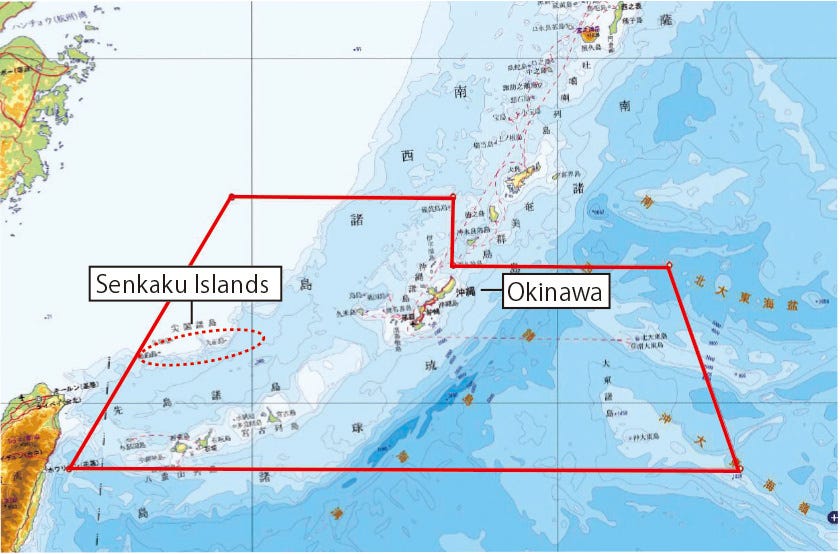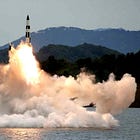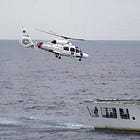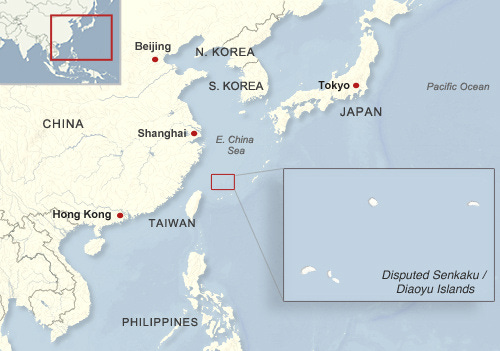China Coast Guard Expulsion of Japanese Vessel Escalates Tensions
The islands are administered by Japan as the Senkaku Islands but claimed by China as the Diaoyu Islands, creating a persistent territorial dispute.
INDO-PACIFIC — On May 7, 2025, the China Coast Guard (CCG) expelled the Japanese fishing vessel Lion from waters near the Senkaku/Diaoyu Islands, which are claimed by both China and Japan, intensifying longstanding tensions in the East China Sea. The islands are administered by Japan as the Senkaku Islands but claimed by China as the Diaoyu Islands, creating a persistent territorial dispute.
Liu Dejun, a CCG spokesperson, stated that the vessel illegally entered China’s claimed waters on May 7, prompting control measures to warn and drive it away. Japan protested the action, viewing it as a violation of its sovereignty over the administered territory, while China urged Japan to cease all activities it deems illegal in the disputed area.
Some details, such as the precise coordinates of the incident within the contested waters, remain unverified according to Japan’s Ministry of Foreign Affairs.
Historical Context
The Senkaku/Diaoyu Islands dispute stems from competing historical claims, amplified by strategic and economic interests. The islands, consisting of five islets and three rocks, are located 106 miles (170 kilometers) northeast of Taiwan and 255 miles (410 kilometers) west of Okinawa, according to Japan’s Ministry of Foreign Affairs.
Their strategic position in the East China Sea, near critical shipping lanes, and potential oil and gas reserves, identified in a 1968 United Nations Economic Commission for Asia and the Far East (ECAFE) report, heighten their geopolitical significance. Both nations claim the islands as their inherent territory, with Japan maintaining administrative control while China contests this through maritime activities.
In January 1895, Japan incorporated the islands into Okinawa Prefecture, asserting they were uninhabited and unclaimed, as stated by Japan’s Ministry of Foreign Affairs. After World War II, the 1951 San Francisco Peace Treaty placed the islands under U.S. administration, with their return to Japan in 1972 under the Okinawa Reversion Agreement.
China began asserting its claim in 1971, arguing the islands were tied to Taiwan and ceded to Japan in 1895 under the Treaty of Shimonoseki. Tensions escalated in 2012 when Japan nationalized three islands, prompting anti-Japanese protests in China and increased Chinese maritime activity.










